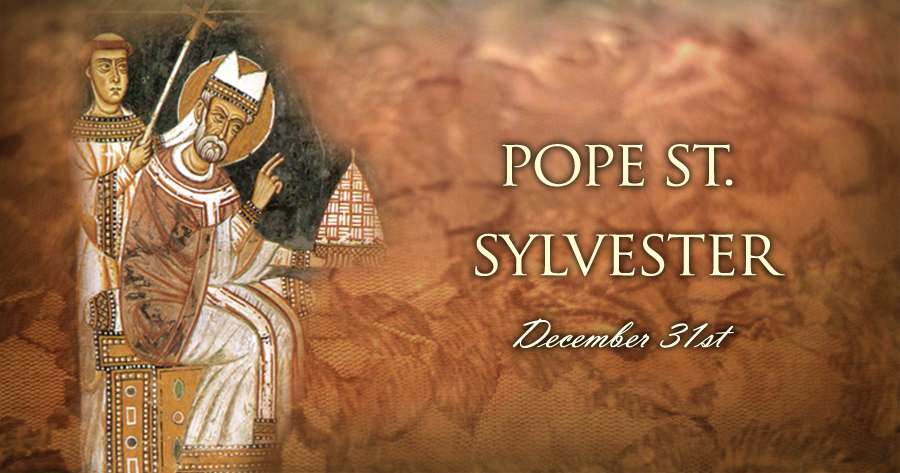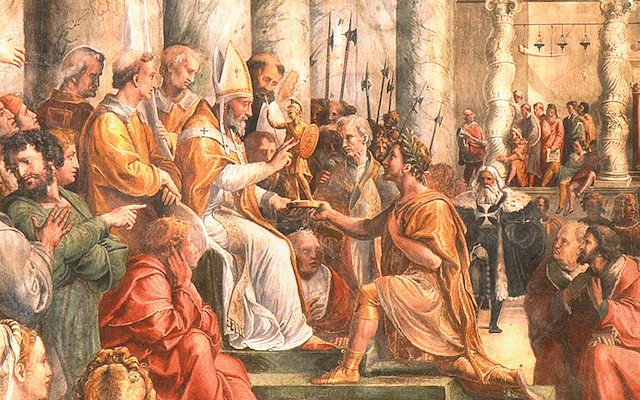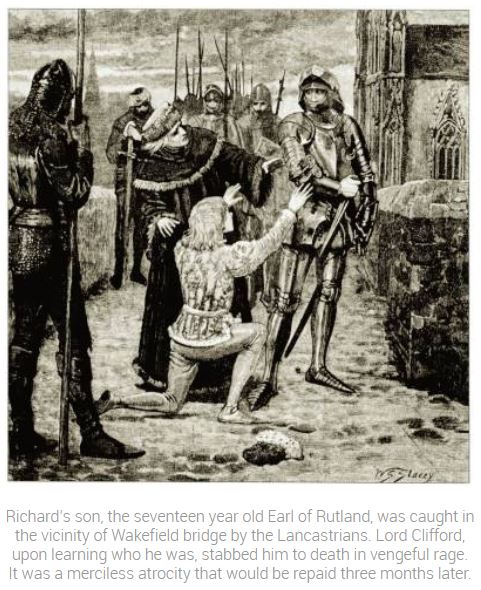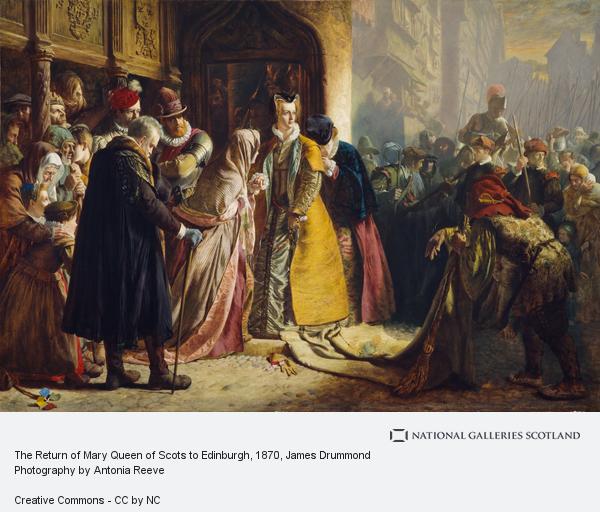
New Year’s Eve now and New Year’s Eve in the mediaeval period actually refer to two different calendar days. Old New Year’s Eve was 24th March. For an easy-to-understand explanation, please go to here, but whichever the day, it was still New Year’s Eve. We now celebrate it with much fun, laughter and hope, but its history is rather different. And so this article of mine has appeared on the day as we know it now.
The name Sylvester is a reference to New Year’s Eve, because St Sylvester’s Day is celebrated then. This saint’s day is still widely celebrated, although not particularly here in the United Kingdom. The Germans, for instance, call New Year’s Eve Silvester. See this site

St Sylvester was first Pope Sylvester I, and was in office from 314 to 335. (see Brittanica Online) He died on 31st December 335, hence it is his feast day. He is the one who converted the Emperor Constantine to Christianity.

There was a second St Sylvester who was also a Pope, 999 to 1003, but apart from having taken the name Sylvester (he was originally Gerbert of Aurillac) I do not think he was connected with New Year’s Eve. He was the one who introduced Europe to the decimal system. Pope Sylvester III took office in 1045, and is believed by many to be an antipope (see explanation of antipopes here) Pope Sylvester IV was another who was considered to be an antipope.
New Year’s Eve was the birthday of Bonnie Prince Charlie. It was also the birthday of the French admiral who was defeated by Nelson at the Battle of Trafalgar. Pierre-Charles-Baptiste-Silvestre de Villeneuve was born on 31st December 1763. Hence the name Silvestre being added.

When it comes to English medieval history, the closest I can come to New Year’s Eve is the Battle of Wakefield, which took place the day before in 1460. To learn more, go to Battlefields of Britain As the 3rd Duke of York and his second son, Edmund, Earl of Rutland, were killed at the battle, I imagine that New Year’s Eve was a time of utter sorrow for their remaining sons/siblings.


The Scots have their New Year’s Eve celebrations too. They call it Hogmanay. If you go to this article you can read all about it. The name is thought to have been used after the return of Mary, Queen of Scots, to Scotland from France in 1561. The origin of the name Hogmanay is not really known, but the above BBC Newsround link offers quite a number of possibilities.

Now, in the present day there is no ignoring the claims that most of our Christian feasts and festivals have a pagan origin. I don’t know whether to give this credence or not. Julius Caesar was said to have used 31st December/1st January to honour the two-faced Roman god Janus, god of changes and beginnings. Janus was said to look back into the past and forward into the future. That sounds logical enough to me.

from https://www.mercatornet.com/features/view/who-was-janus-the-roman-god-of-beginnings-and-endings/20868
So, while you’re all enjoying your parties tonight, seeing in the New Year and singing with gusto—and not a little alcoholic assistance!—perhaps you should raise your glasses to Julius Caesar, St Silvester I, Bonnie Prince Charlie, and poor old defeated Admiral Villeneuve (who, was returned to France by the British, and was quite amazingly supposed to have committed suicide by “six stab wounds in the left lung and one in the heart”. That, ladies and gentlemen, was quite feat, I think you’ll agree. I can’t imagine anyone believed it was self-inflicted!

from http://www.wiki-rennes.fr/Fichier:Eglise_saint_germain.jpeg
I will end this now, but but not before reminding you of the very first Sylvester I ever knew – yes, Sylvester the Cat, who so wanted to eat that annoying Tweety-Pie. Personally I always hoped he’d succeed. Was there ever a more irritating, stupid-looking canary? Anyway, here’s a link to make you laugh as you see out 2019! I’ll bet a lot of you remember I Tawt I Taw a Puddy Tat! https://www.youtube.com/watch?v=MvNfPSXWZqw



1 comment